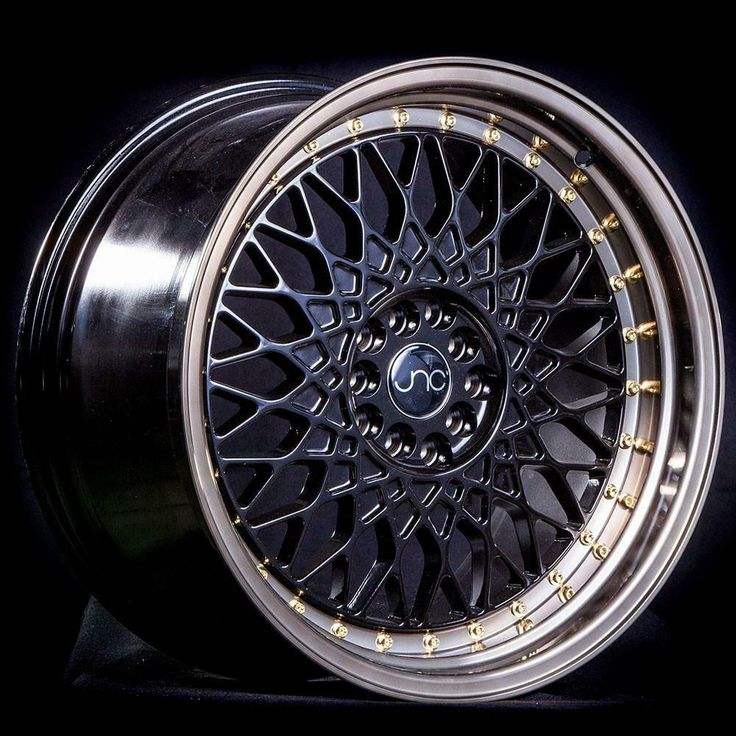If you are looking at installing new wheels onto your vehicle, you need to know what the different wheel markings are. The markings along the side of the wheel can point you to very important information that can help you identify not only the right wheels for your particular needs but also what kind of attributes each has. Due to this, going over this kind of information is extremely beneficial and it can help you save time and money, so you always purchase the right kind of rims and wheels the next time you are in the market.
Located on the inside of the wheels, there is a series of markings, numbers and lettings you are going to find. You need to know what each piece of information means, otherwise it just looks like gibberish. Let’s take this one for example:
7J x 16 h3 5/120 ET47
7 – rim width. For starters, the first series of numbers is going to be the size of the inner width of the wheel in inches. This might look like 6 ½ or 7, 7 ½ or something similar. Regardless of the number, the first one present is always the inner width. If we apply it to our example we come to (7 x 25.4mm = 177.8mm). Following this initial number is a letter.
J – This is the shape of the wheels you are using where the tire bead sits directly on the tire wheels. This letter MUST BE exact match with your tire marking, but do not panic. “J” is the most common profile identifier and most passenger car use these.
JJ, K, JK, B, P, A, D, S, T, W are just another bead shape designations used today. Most of each are characteristic for a particular industry: forestry, agricultural, heavy lift machines, even motorcycles, but explaining all of them will exceed purpose of this text.
There is then going to be a lower case letter following it (such as an “x”).
x – If there is an “x”, it means the wheels were constructed in one piece.![]()
If you are interested in wheel construction more info you can find Casting VS Forging.
16 – The number following all above is the diameter of the wheels in inches. In our particular case rim diameter is (16 x 25.4mm= 406.4mm). Same number should appear on sidewall of mounted tire, so, no compromise here.
If you need further assistance reading tire marks check article: Tire Codes – What Do They Mean?.
h3 – This is the kind of flange the wheels have. The flange is a bulge located on the wheels right in the location where the tire bead sits. It is going to help prevent the tire from falling into the wheels.
5/120 – Following this, there is an extensive fraction, such as 5/120 ( or 5 x 120). The first number indicates the number of bolts, or lug nuts used on the wheel (usually four or five).![]() The second number is the Pitch Circle Diameter (PCD). This is an imaginary diameter (in millimeters) of a circle that runs through the center hole of the screws that hold the mounted wheels.
The second number is the Pitch Circle Diameter (PCD). This is an imaginary diameter (in millimeters) of a circle that runs through the center hole of the screws that hold the mounted wheels.
ET47 – The following number, which is the last wheel markings you are going to see, is the offset, which is the distance between the center line of the wheels and the plane of the hub that houses the mounting elements of the wheel. The offset is measured in millimeters. The number can have a positive offset, zero offset and a negative offset. A positive offset means the center line of the wheels is located further out than the center of the hub mounting element of the wheels. A zero offset means it is perfectly inline with the wheels mounting and a negative
offset means the hub mounting element is further out than the center line plane of the wheels. In our case, offset is positive: 47 mm.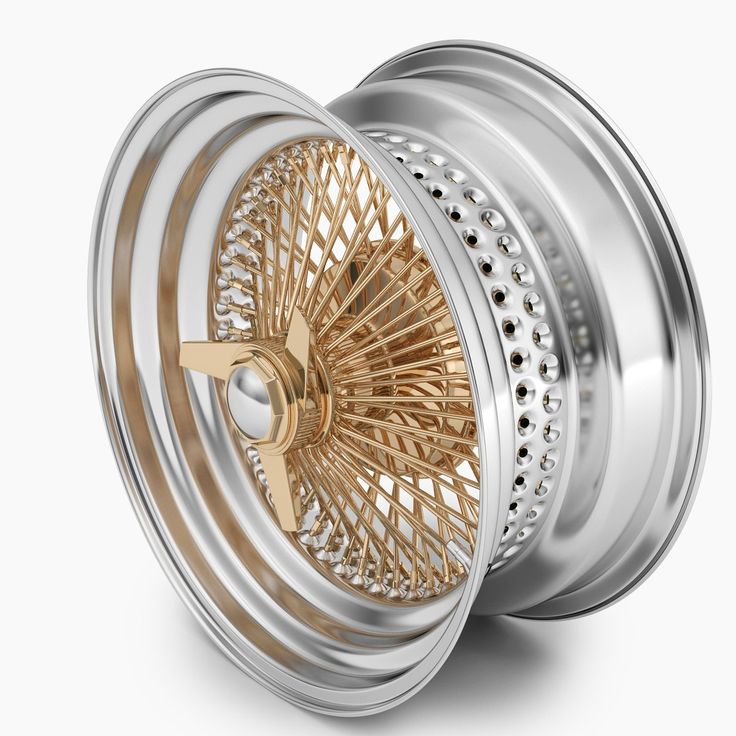
There is a surprising amount of information used in describing a tire and the wheels such are OEM, serial part, manufacturer etc. All of this is very important information that needs to be looked at when it comes to having new wheels and tires installed. Once this information is available and it is possible to locate the very best wheels possible, you can then decide which wheels are going to work best for you and which wheels can give you the desired level of performance that you are looking for. If available always consult user manual of your car, just to be sure.
READ MORE: Last Minute Check Before You Buy New Set Of Car Rims
Your browser's Javascript functionality is turned off. Please turn it on so that you can experience the full capabilities of this site.![]()
The wheels that came installed on your vehicle are designed to perfectly fit your vehicle’s suspension, gearing, and bodywork which can affect ride quality and vehicle performance. But that doesn’t mean you can’t have different wheels or rims installed on your car or truck. To understand what wheels will work for your vehicle, we’ll take a look at rim sizes and some basic measurements.
There are many reasons you might want to switch out your rims. Maybe you want an extra set of wheels and tires for easy installation every winter, or you’re looking for added performance and handling. You might even be going for a specific look, including sleek and stylish or rugged and cool. Whatever your reason, it’s important to note that getting the wrong wheel setup could cause a vibration, or some rubbing on suspension components or vehicle body parts.
Les Schwab Tip: Before you change the tire sidewall height, tread width, or rim size on your vehicle, talk to the experts first.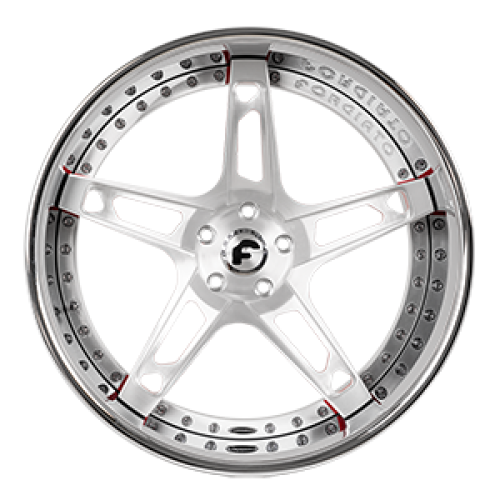 We’ll help translate the difference in RPM, tire speed, load index, and speed rating and how it will or will not fit with your vehicle’s suspension, gearing, and bodywork.
We’ll help translate the difference in RPM, tire speed, load index, and speed rating and how it will or will not fit with your vehicle’s suspension, gearing, and bodywork.
First, start with the wheel size for your vehicle. You can find that on the sidewall of the tires on your original wheels or the inside frame of the driver’s door. Check out Tire Size Explained (Reading the Sidewall) for more.
The wheel diameter (in inches or millimeters) is the fifth set of numbers and letters. What do rim size numbers mean? This number represents the distance between the two bead seat areas where the tire is sealed onto the wheel.
The wheel size also includes its width and offset. The width is the distance from each bead seat (from inside to the outside). The offset determines how the wheel and tire set aligns with the wheel well.
The offset is how far inward or outward the mounting surface is in reference to the center-line of the wheel.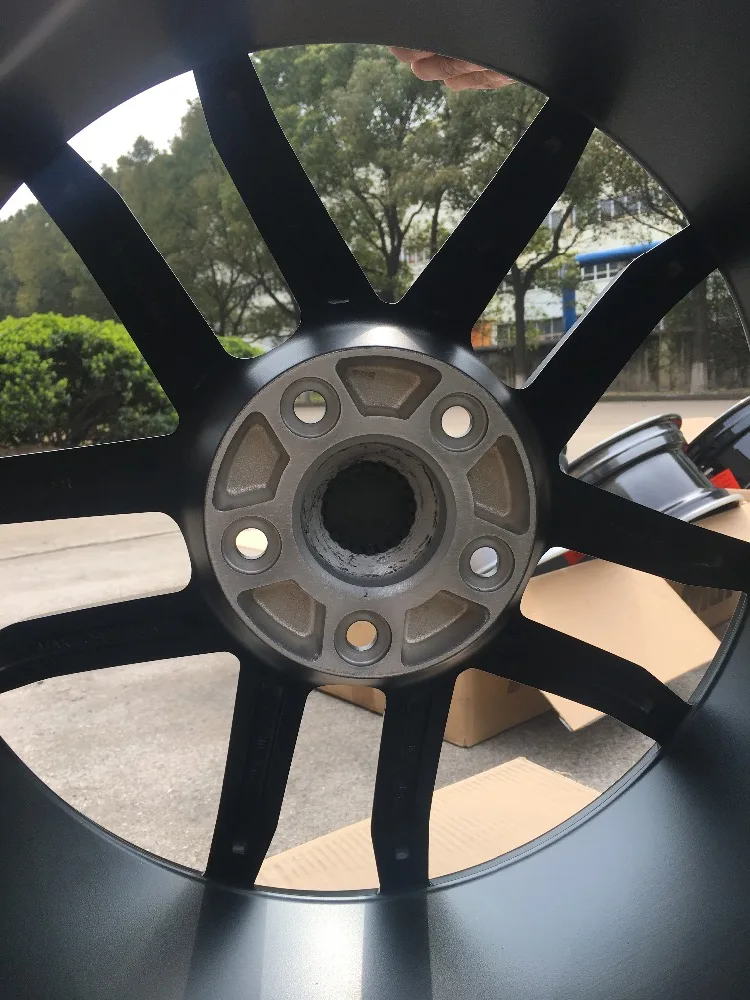 The center-line is calculated by simply dividing the wheel into two equal halves. Les Schwab has the tools to accurately measure your center-line.
The center-line is calculated by simply dividing the wheel into two equal halves. Les Schwab has the tools to accurately measure your center-line.
The offset is how far inward or outward the mounting surface is in reference to the center-line of the wheel.
Here's how offset determines the look of your rims. If the hub mounting surface is in front of the center-line, your rims and tire will be pulled inward. This is called positive offset.
If they are behind the centerline, your rims and tire will stick out from the body of the vehicle. This is negative offset.
Les Schwab Tip: Measuring the offset on your vehicle is difficult without removing the tire and wheel. Consult the pros to get the right fit.
To ensure a set of rims fit properly on your vehicle, you’ll need the hub size on your car or truck as well as the wheel center bore measurement and number of wheel studs (as well as the distance between those studs).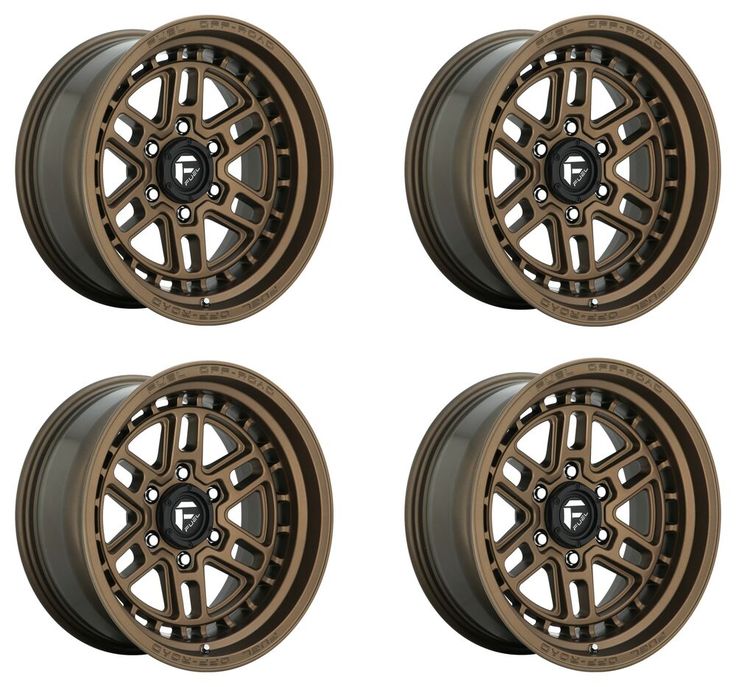 Les Schwab has those measurements for your vehicle, including bolt patterns.
Les Schwab has those measurements for your vehicle, including bolt patterns.
Most vehicles come with a 4-, 5-, 6-, or 8-lug pattern. These bolt patterns, which are specifically spaced, help narrow your wheel or rim choices. While counting the number of bolts on your vehicle is important before buying a set of rims, it’s vital the wheels you choose match the spacing between the wheel studs on your vehicle.
To measure a 4-lug pattern on a set of rims, measure from the center of two holes across from each other. For a 5-lug pattern, measure from the outside of one wheel stud hole and the center of the opposite. And for 6- and 8-lug patterns, measure from the center of one hole to the center of the opposite wheel stud hole. You’ll either need this measurement in inches or millimeters, depending on the wheel manufacturer.
Remember, there’s no need to take these measurements on your own. The pros at Les Schwab do it every day and can ensure you get the right rims for your vehicle.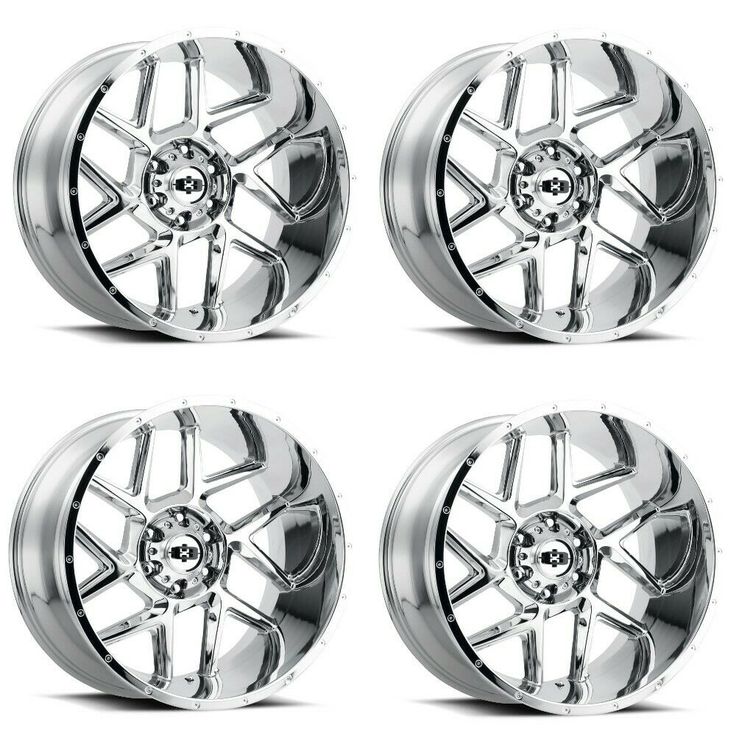
At Les Schwab, we take pride in our custom wheel expertise. Stop by and ask about new wheels for your vehicle. We’ll show you all of your options, whether you’re going for a new look, a boost in performance, a new set of wheels for your winter tires, or simply as a replacement of your current set.
Find A Store Near You
The designation (marking), by which a specialist or you yourself can understand whether this disc is suitable for a particular car, is as follows: This designation must be applied to the inner surface of the disc and must be present on its packaging (box) or in the accompanying booklet, sticker, etc.
Let's analyze the marking by values.
7.5 - rim width in inches. This dimension must necessarily correspond to the width of the tire. A tire that is too narrow or too wide may come off the wrong rim when driving. Specialists of tire centers will help you choose the right tires, guided by special tables.
Specialists of tire centers will help you choose the right tires, guided by special tables.
x - this sign between the symbols for width and diameter indicates that the wheel rim is one-piece.
16 - wheel rim diameter in inches, which must correspond to the tire diameter. On passenger cars, wheels with a diameter of 12 to 32 inches are used, the most common diameters are 14-16 inches.
Warning! Under no circumstances should a smaller tire (eg 15-inch) be fitted onto a large wheel (eg 16-inch)!
J - coded information about the design features of the rim flanges (angles of inclination, curvature radii, etc.).
H2 - the letter H (abbreviated from Hump) indicates the presence of annular protrusions (humps) on the rim shelves, which keep the tubeless tire from jumping off the disk. In most cases, there are two humps on the wheel (designation H2 ), but the hump can be one ( H ), have a flat shape ( FH - Flat Hump), be asymmetric ( AH - Asymmetric Hump ), combined ( CH - Combi Hump) .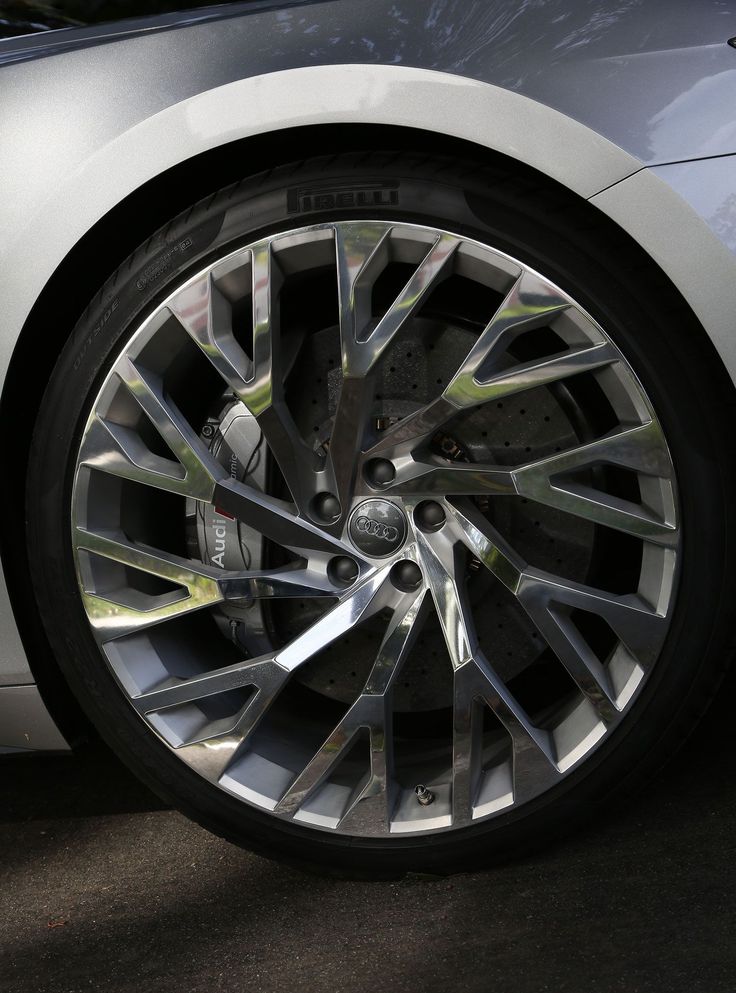 .. There are wheels without humps at all.
.. There are wheels without humps at all.
5/112 - PCD (Pitch Circle Diameter). Number 5 - the number of mounting holes in the disk for bolts or nuts (the most common wheels with the number of mounting holes from 4 to 6, less often they are 3, 8 or 10). 112 - diameter of the circle in mm, on which the centers of the mounting holes are located. There is a limited number of such diameters (examples - 98, 100, 112, 114.3, 120, 130, 139.7 and some others, they are used by automakers either by tradition or as the most suitable for certain types of cars - for example, size 139.7 is typical for pickups and SUVs). Occasionally there are wheels with two "sets" of 4 or 5 mounting holes located on two different diameters.
Warning! Wheel fixing holes are made with plus tolerance in diameter. Therefore, you can make a mistake in choosing a PCD if it differs from the regular one by a couple of millimeters.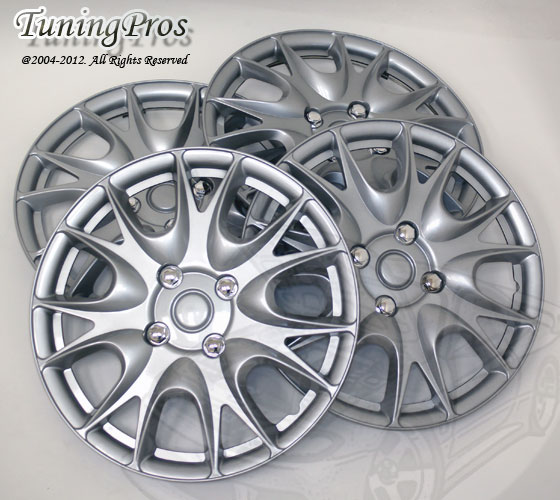 For example, on a hub with PCD 100/4 (a size typical for Opel and Daewoo cars), they often try to install a PCD9 wheel8/4 (VAZ, FIAT) - 98 mm from 100 can not be distinguished by eye. It is unacceptable! In this case, of all the nuts, only one will be tightened completely, while the rest of the holes will be "taken away", and the fasteners will be undertightened or tightened with a warp - the wheel will fit on the hub incompletely. On the move, such a wheel will “beat” very hard, in addition, incompletely tightened nuts will unscrew by themselves.
For example, on a hub with PCD 100/4 (a size typical for Opel and Daewoo cars), they often try to install a PCD9 wheel8/4 (VAZ, FIAT) - 98 mm from 100 can not be distinguished by eye. It is unacceptable! In this case, of all the nuts, only one will be tightened completely, while the rest of the holes will be "taken away", and the fasteners will be undertightened or tightened with a warp - the wheel will fit on the hub incompletely. On the move, such a wheel will “beat” very hard, in addition, incompletely tightened nuts will unscrew by themselves.
Another warning! Never try to "fit" the mounting holes of the wheel with a drill or a round file - this will ruin the wheel hopelessly, and it can only be scrapped. Mounting holes are made with high precision, which is impossible without a special machine. If in doubt about the PCD value of a wheel with a missing marking, you can try to measure this diameter with a caliper, but it is better to resort to the help of specialists with special instruments.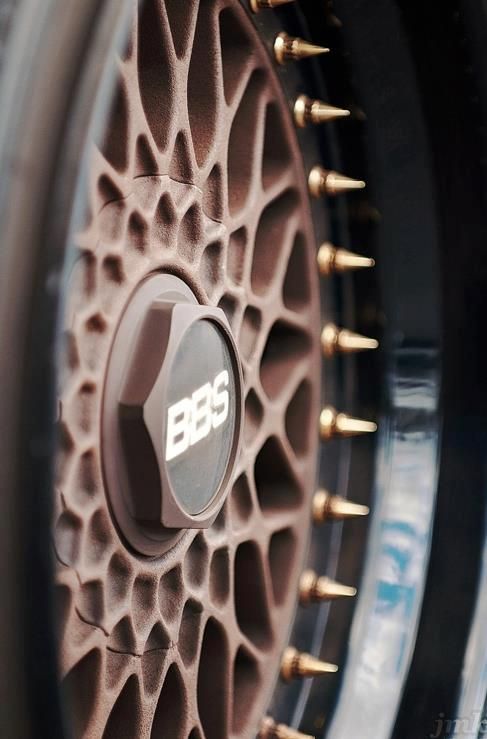
ET - (mm) this designation indicates disc overhang . Departure - this is the size between the landing (attachment) plane of the wheel disc adjacent to the hub of the car, and the imaginary plane of symmetry of the rim. If the mating plane is "outside" relative to the plane of symmetry, the wheel offset is called positive, for example, ET35; if "from the inside" (closer to the car) - the departure is negative, for example, ET-20. In other words, the more the wheel protrudes from the wheel arch, the smaller the overhang. Often there are wheels with the designation ET0 (overhang is zero, i.e., the mating plane of the wheel and the plane of its symmetry coincide geometrically). In rare cases, instead of the designation ET, the designations DEPORT or OFFSET may occur (depending on the country).
Warning! Do not install wheels with abnormal offset on the vehicle. Reducing the offset makes the wheel track wider, which slightly improves the car's directional stability and gives it a stylish racing look, but at the same time, it sharply overloads the hub bearings and suspension.![]() As a rule, it is impossible to increase the reach, i.e., to narrow the track - the disc will rest against the brake mechanism.
As a rule, it is impossible to increase the reach, i.e., to narrow the track - the disc will rest against the brake mechanism.
d – hub diameter or center hole diameter in mm. Typically, this size ranges from 50 to 70 mm. Ideally, it should match the diameter of the seat belt on the vehicle hub. If the diameter of the landing belt is greater than d , it will not be possible to install the wheel. If the belt diameter is smaller, a centering seat ring can be used, which will facilitate wheel mounting, especially in the absence of auxiliary studs. This ring is not a mandatory element when installing the wheel, it does not center the wheel relative to the hub. The wheel is centered on the hub ONLY with mounting bolts or studs with nuts.
Warning! Never attempt to attach a wheel to a hub with any "proper" bolts or nuts - use only bolts and nuts specifically designed for mounting wheels. They are always available at tire centers and auto parts stores.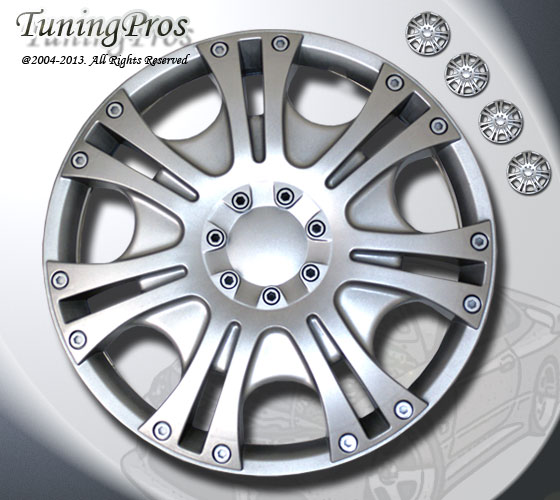
The disc may also show:
- Date of manufacture . Usually a year and a week. For example: 0403 means that the disc was released in the 4th week of 2003.
- SAE, ISO, TUV, PCT - brand of the controlling authority. The marking indicates that the wheels comply with international rules or standards.
- MAX LOAD 2000LB - the designation of the maximum wheel load is very common (indicated in kilograms or pounds). This lists a maximum load of 2,000 pounds (908kg).
- MAX PSI 50 COLD - means that the pressure in the tire should not exceed 50 pounds per square inch (3.5 kgf / sq. cm), the word COLD (cold) reminds you to measure the pressure in a cold tire.
Expert advice of our portal: even if you feel that you have a good understanding of technical terms, select discs in the presence of specialists. This will save you time, money and, most importantly, your health.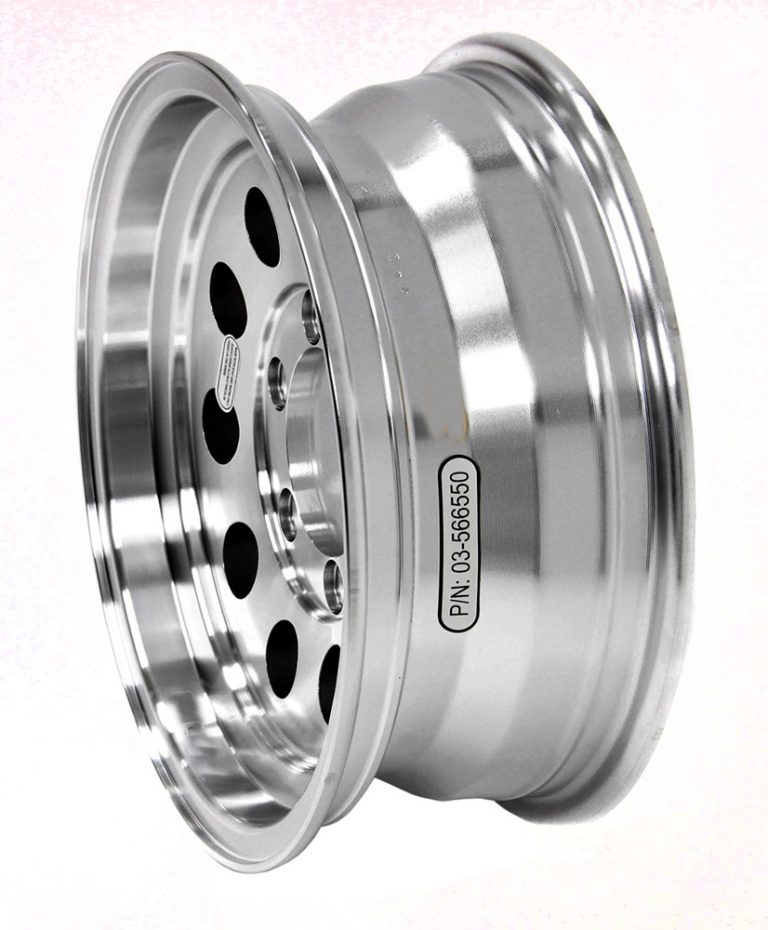
The rim is one of the most important parts connecting the car with the road through the tire. When replacing tires or buying new wheels, it often becomes necessary to find out the parameters of the wheel. Deciphering the markings of disks and other designations on them will help you understand all the parameters and characteristics of your wheels.
Most wheel characteristics affect driving safety and suspension uptime. When choosing discs, you need to find out which models with what characteristics are allowed to be used on your car. Only if all requirements are met can they be installed on the machine.
The ability to read wheel markings helps you accurately select the right wheels for your car. It is only important to correctly recognize the designations printed on the disk, so as not to be mistaken with their correct decoding.
Stamped and alloy wheels for passenger cars have the same standard designation (marking).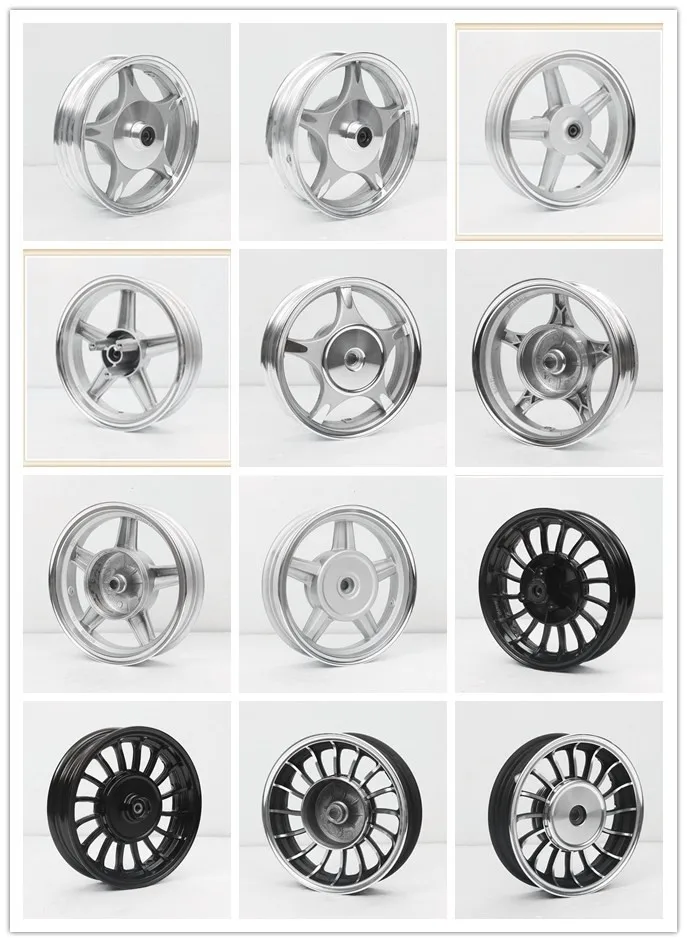 Certification of wheels in the territory of the EU countries is carried out in accordance with UN/ECE 124.
Certification of wheels in the territory of the EU countries is carried out in accordance with UN/ECE 124.
0009
The interpretation of this marking will be as follows:
Rim width (rim width)
The number 7.5 in the marking example indicates the distance between the inner edges of the rim in inches. This indicator is taken into account when choosing tires, since each tire has a certain range of rim widths. It is best when the rim width is in the middle range of the tire.
Type of rim edge (flange)
The Latin letter J in the marking of the disc indicates the shape of the rim flange. This is where the disk connects to the bus. Among the most common designations for passenger cars are: P, D, B, K, JK, JJ, J. Each letter hides several parameters:
The J-shaped bezel is the most common on modern passenger cars.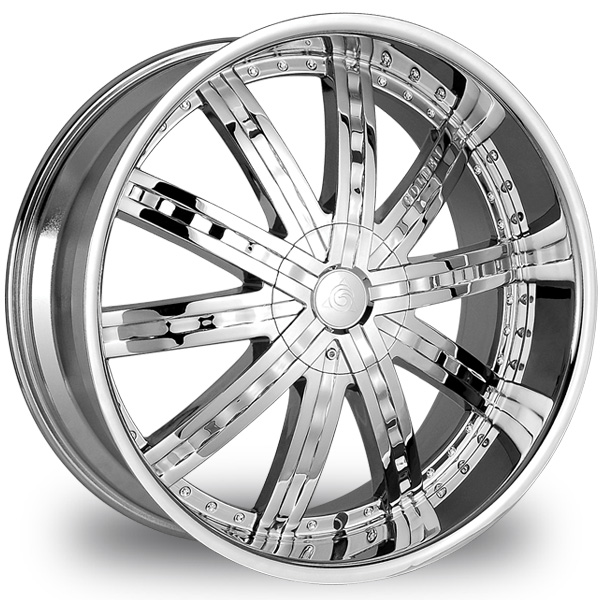 All-wheel drive models are usually equipped with wheels with the type designation JJ.
All-wheel drive models are usually equipped with wheels with the type designation JJ.
Wheel rim flanges affect tire mounting, balance weight weights, tire resistance to displacement in extreme situations. Therefore, despite the external similarity of the JJ and J rims, the rim edge recommended by the automaker should be preferred.
Rim separability
The "x" sign indicates that the rim is made in one piece and is a single unit, and the "-" sign indicates that it consists of several components and can be disassembled and reassembled. One-piece discs differ from collapsible structures in lightness and greater rigidity.
Wheels with an "x" rim are designed to be used with elastic tires, which is typical for cars and light trucks. In the case of truck tires, which differ in rigidity, split disc designs are required. It is simply impossible to mount a tire on a rim in a different way.
Rim diameter
Rim diameter is the size of the wheel rim to fit the tire.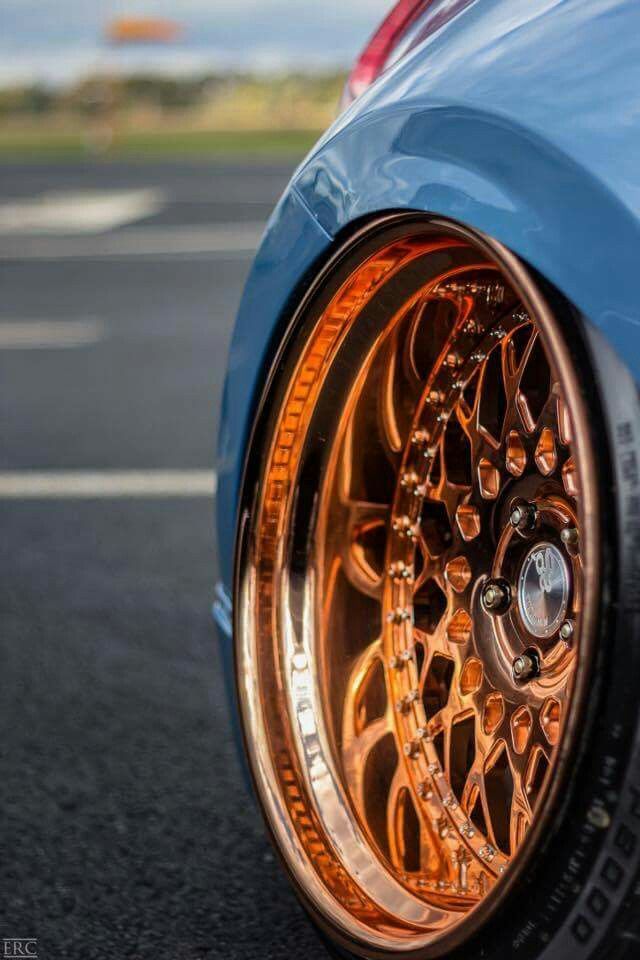
Mounting diameter is usually indicated in inches (in our example it is 15). In everyday life, motorists also call it the radius of the disk. When selecting a tire, this indicator must necessarily match its mounting size.
Standard disc mounting diameters for passenger cars and crossovers will be from 13 to 21.
Humps or humps (hump)
The designation H2 stands for: Ring protrusions (humps) are located on 2 sides of the disc. These rolls are designed to fix the tubeless tire on the rim. They prevent the outflow of air in case of external impact on the tire. Other designations are also used:
H - there is a hump on one side only,
FH - the tackle has a flat shape (Flat Hump),
AH - an asymmetric shape at the ledge (Asymmetric Hump), etc.
Mounting holes (Pitch Circle Diameter)
In the 5x100 marking, the first number indicates the number of holes in the rim. The number 100 indicates the diameter of the circle on which the mounting holes are placed.
It is not always possible to determine by eye the correspondence between the size of the hub and the disc. A install disk 98 instead of 100 can lead to wheel misalignment, which will cause beating, as well as spontaneous loosening of the bolts.
Disc offset (ET, Einpress Tief)
Disc offset is the distance between the contact plane of the disc with the hub and the plane that passes through the center of the cross section of the wheel rim. The value is expressed in millimeters, and the overhang can be either positive (ET40) or negative (ET-30).
This value must comply with the recommendations of the car manufacturer, otherwise, in an emergency, the forces acting on the suspension may break the disk.
Hub diameter (DIA)
The central (hub) bore of the rim is indicated in millimeters, for example d54.